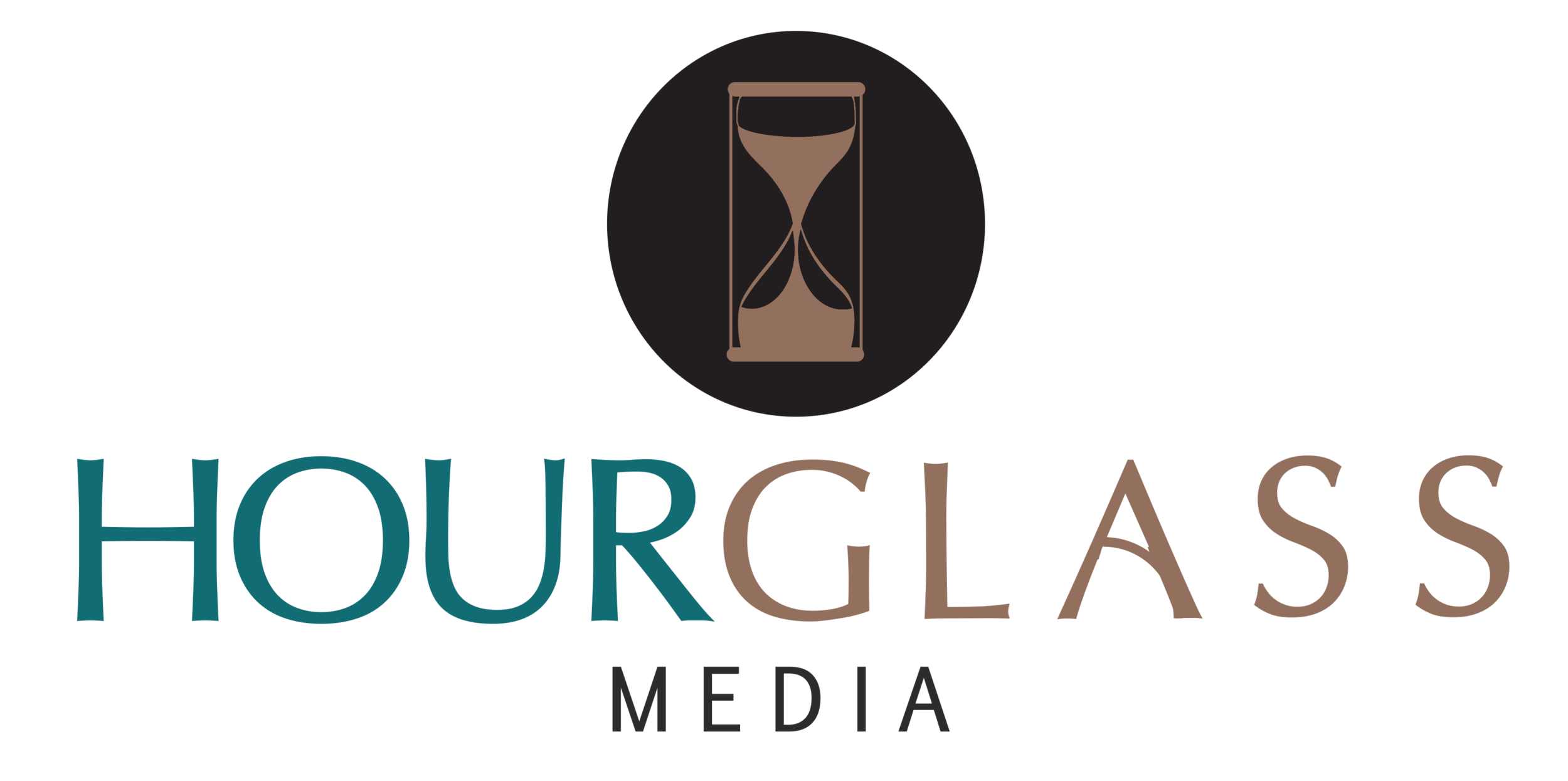Writing for Public Relations
⌛ By Kaylin R. Staten ⌛
As public relations practitioners, many of us already know to not use buzzwords, overly fluffy language, and tone-deaf messaging. Even if you happen to be the most seasoned PR pro, you can always learn something new as you write content for organizations, clients, and yourself.
I don’t want to reinvent the wheel (cliché intended) with this blog post, but I do want to give you a refresher or perhaps give you this information for the first time. Public relations practitioners are storytellers, and in order to do our writing and other processes justice, there are some practical nuggets of advice to consider.
What do you need to consider as you write for public relations?
Platforms are ever-changing.
Honestly, I’m that THAT old in the grand scheme of things, but I do remember using a fax machine to send out press releases during my early days in nonprofit communications. That sounds absolutely archaic to even think about, as it was 2011 and outdated then! So much has happened during that nine-year span, and in order to be an effective PR writer and communicator in general, you have to keep up with trends, technology, and other industry standards and changes. Each platform has its own needs, from Twitter’s 280-character limit to media representatives still preferring Associated Press Style in press releases. Just like with everything you do in PR, consider your audience as you create and convey your messages.
Use the 7 Cs of Communication.
In 2018, we featured how you can be a better PR leader. The below tips also apply to how you can use the 7 Cs of Communication to be a better writer:
Be clear in your messages and actions.
Be credible. Practice what you preach.
Be a storyteller, both in written and oral forms.
Pay attention to context. This even means your body language, the tone of voice and how you word things in meetings.
Use continuity by being consistent in everything you do.
Be a capable leader by always being present in the moment.
Use multiple channels to communicate internally and externally. Go to where your publics are!
And for the record, the 7 Cs of Communication are: Clarity, Credibility, Content, Context, Continuity, Capability and Channels.
Blend art and science in your writing.
You have to do what resonates with your audience but also your bottom line. Many PR pros get into the industry because they don’t like math. I will admit, I fell into this category and believed this mantra for years; however, you cannot use tunnel vision when looking at the public relations industry and your role within it. You HAVE to use data in order to form your messaging and overall RPIE (Research, Planning, Implementation, Evaluation) process. You don’t have to be the most supreme statistician, but you need to learn new strategies and tactics every day that will allow you to merge the art of storytelling with the science of data to back up your narratives.
While this isn’t a comprehensive list, these examples can help you use data to drive your PR writing:
Pay attention to Search Engine Optimization and other back-end website strategies
Know your social media insights (when people are online, what they engage with, etc.)
Make the connection of your messages to sales and other business goals/objectives
Use market research to hone in on your ideal customer
Create and carry out your own survey to get primary research statistics
Have a plan.
Don’t write just to write. You have to have a clear objective when writing and then releasing your public relations messages. At its core, the public relations industry was created in the early 1900s to help promote businesses internally and externally. There have been so many times in which I just took off writing because I was motivated and in the zone, but I didn't have a clear picture of what my organization or clients wanted. Have your 10-step communications plan in place before you even start honing your messages and writing for each of your target audiences. (I even put this planning process on all new-client proposals and continued contracts.)
The 10-Step Communications Plan is as follows:
Goals
Target Audiences (or Publics)
SMART Objectives
Strategies
Tactics
Activities
Evaluation
Materials
Budget
Timetable + Task List
Learn more in one of our blog posts from 2019.
Kaylin R. Staten, APR, is an award-winning, accredited public relations practitioner and writer based in Huntington, WV with 18 years of professional communications experience. As CEO and founder of Hourglass Media, she uses her compassionate spirit and expertise to delve into the heart of clients’ stories. She is a recovering perfectionist, mental health advocate, wife, Luke’s mom, cat mom, and Leia Organa aficionado. Connect with Kaylin on LinkedIn.


